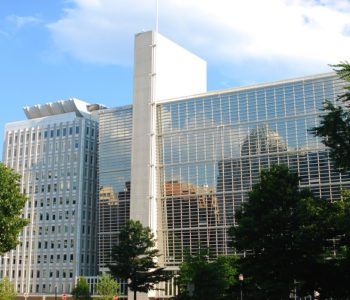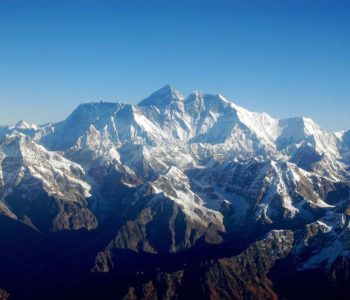Final results of the census were pushed back as they influenced the Nov 20 elections

KATHMANDU: The final result of the national census has been pushed back as it will affect the elections to be held on November 20. The release of the final results of Census-2078 BS before the upcoming federal and state elections has been delayed due to legal hurdles.
After the new data is published, the election system will be changed accordingly. The new data will also affect the inclusion system.
The Central Department of Statistics completed the 12th National Census-2078 BS in last November. The preliminary results of the census were announced on January 26.
The department had announced that the final results would be published within seven months of the publication of the preliminary results, according to which the results should have been published in the last week of August.
According to the provision in the Constitution and the Constituency Determining Act, 2073 BS, constituencies must be determined according to the new data of the national census every twenty years. Section 5 of the Act mentions that population is considered as the main basis and geography as the second basis.
In section (2) sub-section (1) of the Act, the population will be determined as the main basis and geography as the second basis when determining the electoral area.
But as the government will complete the federal and state elections on November 20, the results of the census have been pushed back, officials said. In order to find the status of social equality in the country, it is necessary to proceed based on the census data.
As stipulated in the Interim Constitution of Nepal, 2063 BS, the basis for the determination and distribution of the number of members representing each district in the first election of the Constituent Assembly was based on the data of Census-2058 BS. Likewise, women, Dalits, oppressed communities, tribal tribes, backward areas, Madhesi and other groups were represented.
The second election of the Constituent Assembly, 2070 BS and the first federal parliament, state and local elections after the implementation of the federal structure were based on the data of Census-2068 BS. For the second time, the local level elections have been held on the same basis.
Article 84 sub-section (2) of the constitution, when a political party nominates candidates for the election of the House of Representatives to be held in accordance with the proportional election system, based on the population, women, Dalits, tribal tribes, Khasarya, Madhesi, Tharu, Muslims, backward areas will be represented on the basis of the closed list according to the federal law. It is mentioned that geography and regional balance should also be taken into account while giving candidature.
Article 286 of the Constitution provides for the Constituency Determination Commission. It is mentioned that while determining the constituencies, the Commission shall consider the population and geography as the basis of representation in such a way that the ratio between the geography, population and number of members of such constituencies is as equal as possible.
Similarly, sub-section (5) states that the population density, geographical features, administrative and transportation accessibility, community and cultural aspects of the area should also be taken into account while determining the constituency.
According to preliminary data, the population of the country is 291.92 million. Apart from that, there are 21.69 mln are in abroad. Based on geographical population, 53.66 percent (15665828) of the total population is in Terai. The population of the hills is 40.25 percent (11748548) and the population of the mountains is 6.09 percent (1778104).
“Electoral areas are determined every 20 years based on the new data of the census,” says Professor Yogendra Bahadur Gurung, head of the Central Department of Population, Tribhuvan University. However, it does not affect the development.
As the number of municipalities increased to 293, the urban population increased to 66.08 percent, according to preliminary results. Similarly, 460 rural villages have been taken as rural population, according to which 33.92 percent of the rural population is.
Information officer of the department, Manohar Ghimire, said that the results of Census 2078 BS will be announced at the end of next November 20 and it will not affect the upcoming elections.
“In the constitution, there is a provision to review the constituencies every 20 years,” Ghimire said, “165 constituencies were determined across the country in 2074 BS. Now it will happen only in the year 2094. He said that he could not talk about other political matters because it would be from the government.”












Facebook Comment